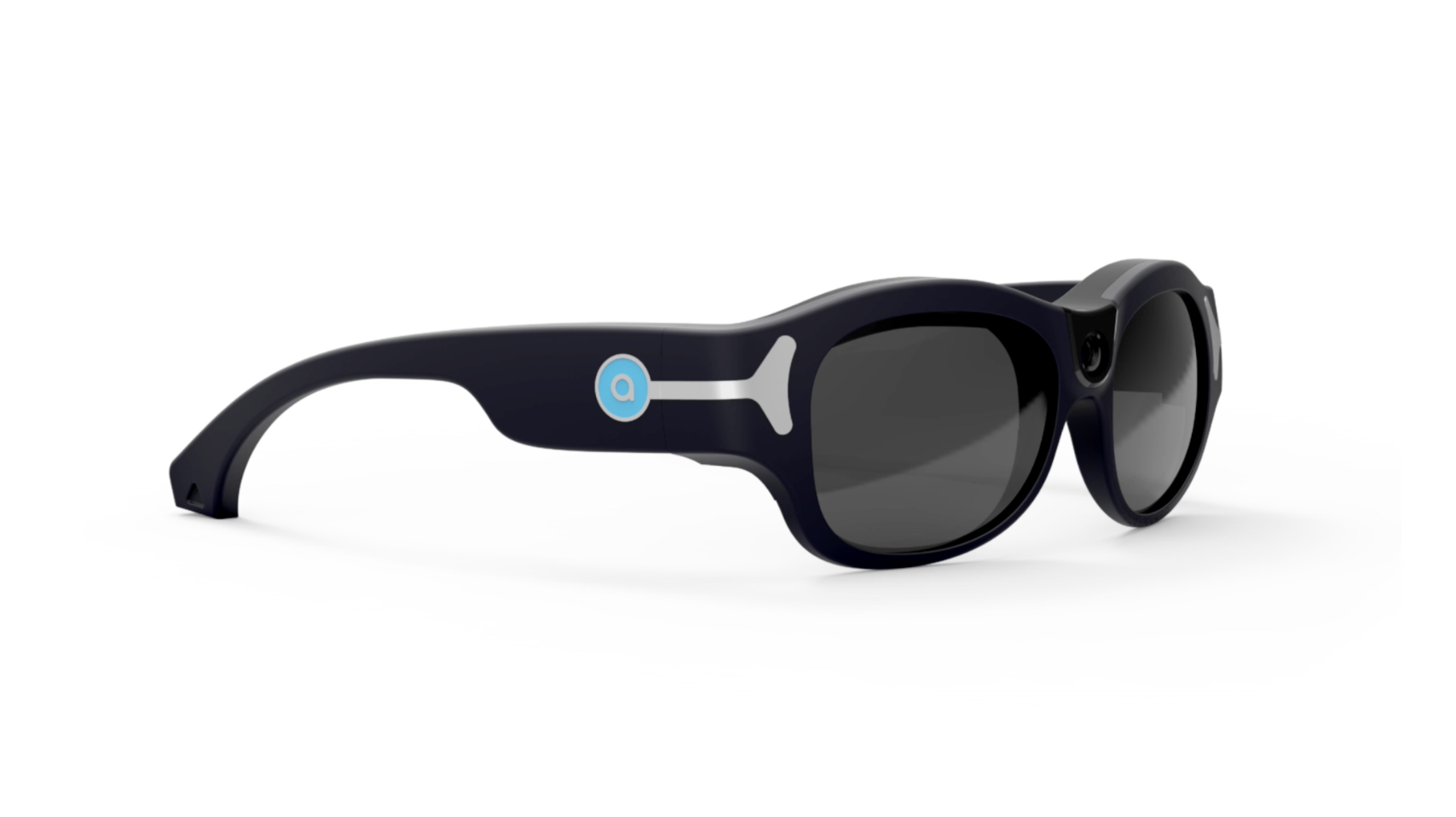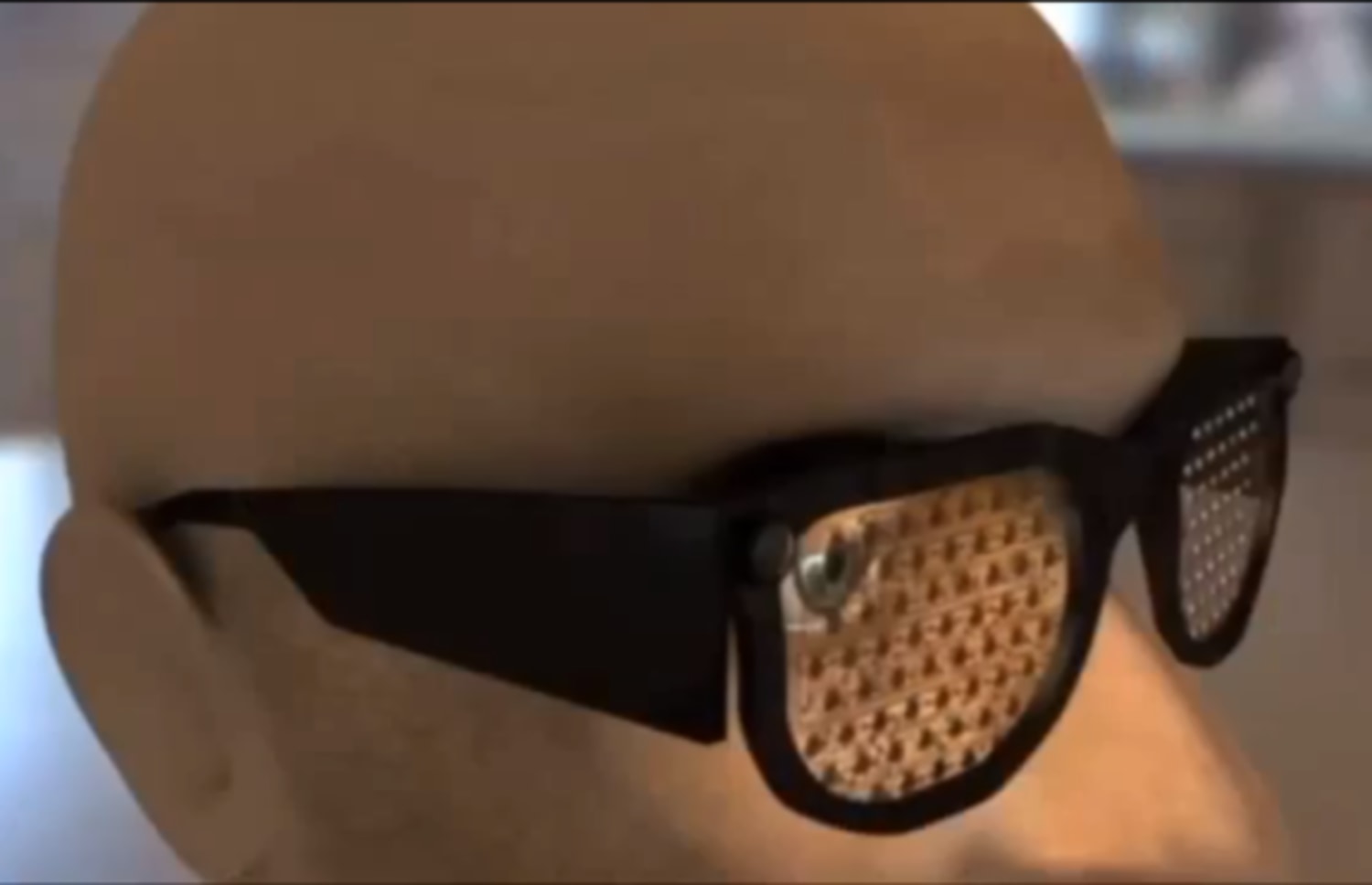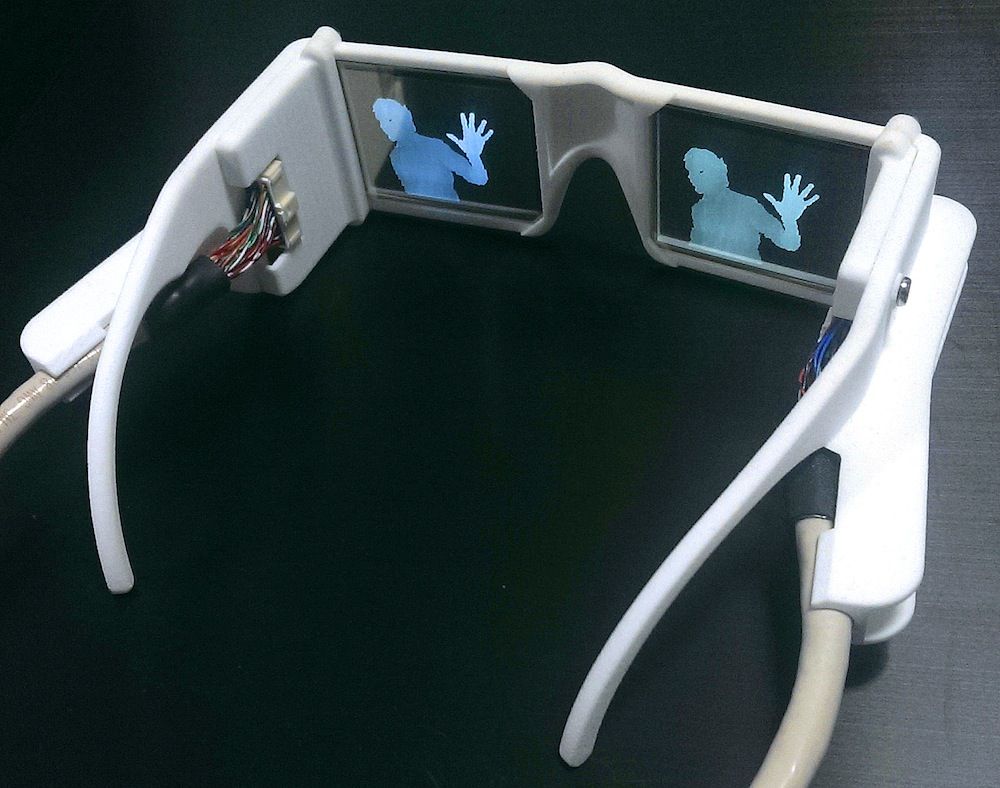Mobility Aids for Visually Impaired Users: Enhancing Independence and Navigation
Mobility Aids for Visually Impaired Users: Enhancing Independence and Navigation
Blog Article
Empowering Independence With Assistive Modern Technology for the Blind
The assimilation of assistive modern technology for individuals who are visually impaired or blind stands for a significant development in promoting self-reliance and improving top quality of life. With an array of tools-- from display viewers to cutting-edge responsive devices-- these modern technologies not just promote navigating and interaction however likewise advertise social addition and involvement in different elements of life.
Understanding Assistive Technology
Although assistive technology has advanced dramatically for many years, its basic objective stays the exact same: to enhance the lifestyle for people with handicaps, especially those who are blind or aesthetically impaired. This technology includes a broad variety of devices and tools that assist in self-reliance and functionality in daily tasks.
Assistive innovation can be categorized right into low-tech and state-of-the-art services, each designed to fulfill particular needs. Sophisticated gadgets frequently consist of software application applications, specialized hardware, and flexible devices that make use of sophisticated technology to give support in numerous contexts. On the other hand, low-tech solutions might involve daily items that are customized to enhance availability, such as magnifiers or tactile pens.
The integration of assistive innovation right into the lives of individuals that are blind or visually harmed not only advertises freedom however additionally fosters social addition and participation in academic and specialist environments. By leveraging these modern technologies, customers can browse their environments, accessibility info, and connect efficiently, therefore enhancing their general lifestyle. Understanding assistive innovation is crucial for caretakers, specialists, and supporters that intend to sustain individuals in maximizing their potential and achieving higher self-reliance.
Kinds of Assistive Instruments
Assistive tools for the blind and aesthetically damaged are essential tools that enhance daily living by attending to certain obstacles run into by customers. These tools can be generally classified right into 3 major kinds: optical gadgets, digital tools, and sensory tools.

Sensory gadgets, such as Braille display screens and responsive maps, provide alternative ways to receive information. Braille displays convert digital text into Braille, allowing users to read through touch. Tactile maps offer spatial understanding via elevated appearances and lines, permitting for far better ecological recognition.
With each other, these assistive gadgets equip individuals with visual impairments to involve even more completely with their surroundings, promoting greater self-reliance and confidence in everyday activities.

Influence On Day-to-day Live
The assimilation of assistive innovation into the every day lives of people that are aesthetically damaged or blind substantially boosts their capacity to navigate and engage with the globe around them. Instruments such as display visitors, Braille presents, and mobile applications promote access to information, permitting individuals to engage with electronic material, communicate properly, and handle daily jobs independently.
In addition, innovations like smart glasses and navigating apps give real-time help in unfamiliar settings, enhancing wheelchair and self-confidence. These tools enable users to recognize barriers, reviewed indications, and even identify faces, therefore cultivating a sense of autonomy in public rooms. Additionally, home automation systems, which can be regulated through voice commands, permit individuals to manage their living settings a lot more effectively, improving convenience and safety.
The influence of assistive technology prolongs past practical tasks; it advertises social inclusion and emotional health. By bridging the space in between people and their surroundings, these innovations encourage users to take part completely in area activities, seek educational chances, and participate in purposeful relationships. Eventually, the innovation of assistive technology is important in redefining the opportunities for people that are visually impaired or blind, resulting in a much more comprehensive and obtainable culture.
Success Stories and Endorsements

One more powerful testimonial originates from Mark, a current college graduate that made use of display reading software throughout his scholastic journey. This technology allowed him to accessibility program materials and participate in conversations, eventually resulting in his effective shift into the labor force. Mark credit scores assistive technology for encouraging him to accomplish his profession objectives, stressing its function in leveling the playing area for people with aesthetic disabilities.
Additionally, community facilities have reported boosted participation in their programs many thanks to the intro of available digital systems. These platforms have made it much easier for individuals to attach, share resources, and assistance one another. These success tales collectively emphasize the profound effect of assistive modern technology in fostering independence, enhancing lifestyle, and damaging down obstacles click this for the visually impaired and blind area.
Future Trends in Assistive Technology
Arising innovations are positioned to revolutionize the landscape of assistive technology for people who are glass eyes visually impaired or blind. Technologies in synthetic knowledge (AI) and machine knowing are boosting the capabilities of gadgets, making it possible for even more intuitive individual experiences. For circumstances, AI-driven applications are significantly able to recognize items and review text out loud in real-time, giving customers with important info concerning their environments.
Furthermore, improvements in wearable innovation are producing new possibilities for freedom. Smart glasses furnished with enhanced reality attributes can overlay essential info onto the individual's line of vision, promoting navigating and interaction with the environment. In addition, the combination of Internet of Points (IoT) gadgets is improving accessibility in wise homes, enabling customers to control appliances and receive notifications via voice commands or tactile interfaces.
The growth of braille displays and responsive feedback systems is likewise rising, promoting accessibility to digital material and boosting communication. As these modern technologies continue to progress, they assure to improve day-to-day living, educational chances, and work prospects for individuals with aesthetic impairments. Constant cooperation in between technologists, individuals, and campaigning for teams he said will be necessary in ensuring these advancements fulfill the needs of the community successfully.
Verdict
To conclude, assistive innovation plays an essential duty in enhancing the independence of individuals who are visually damaged or blind. By giving essential tools and resources, these innovations assist in boosted gain access to, interaction, and navigating to info, thereby cultivating autonomy and self-confidence. The transformative effect of assistive gadgets not just promotes efficient interaction with the environment but additionally urges social incorporation and engagement in different elements of life, eventually empowering users to thrive within their areas.
The assimilation of assistive modern technology for individuals who are blind or visually damaged represents a substantial innovation in cultivating freedom and boosting high quality of life.The integration of assistive technology right into the lives of individuals who are blind or aesthetically hindered not only advertises freedom but additionally promotes social inclusion and engagement in academic and professional environments. Inevitably, the improvement of assistive technology is crucial in redefining the opportunities for individuals that are blind or visually damaged, leading to a much more comprehensive and easily accessible society.
Several individuals that are visually impaired or blind have actually shared inspiring success tales that highlight the transformative impact of assistive modern technology on their lives.In conclusion, assistive modern technology plays a pivotal duty in enhancing the freedom of people who are blind or aesthetically damaged.
Report this page